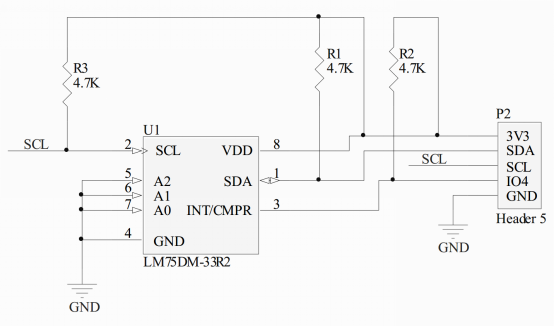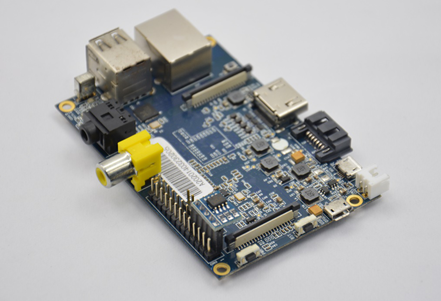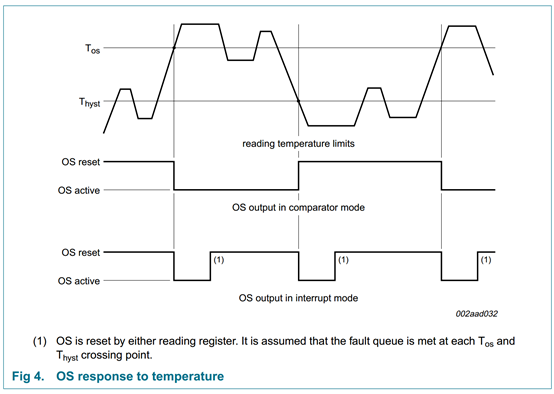BPI LM75 Temperature Sensor Module
Contents
Introduction
This module is designed specifically for the Banana Pi. The module use the NXP LM75 Temperature chip. The temperature register always stores an 11-bit 2's complement data giving atemperature resolution of 0.125°C. The module use I2C bus to connect to Banana PI.
Key Feature
- 1. 11bit high resolution ADC in chip
- 2. temperature resolution of 0.125°C.
- 3. Connect through I2C bus
Typical Application:
- 1. Industrial controllers
- 2. Environmental monitoring
- 3. Smart home
- 4. Interactive devices
Hardware
Product Parameters:
- 1. Working voltage: 2.8V-5.5V
- 2. Temperatures range from−55°C to +125°C
- 3. Supply current of 3.5µA in shutdown mode for power conservation
- 4. Temperature accuracy of: ±2°C from−25°C to +100°C
- 5. Temperature accuracy of: ±3°C from−55°C to +125°C
Schematic diagram
How to use
- How to use on BPI-M1: **
Insert the temperature sensor module to the Banana Pi, Pay attention don’t make the direction reversed! The correct direction of insert module is above the Banana Pi’s PCB, just like the below picture. Then, power up the Banana Pi, open the terminal use the command “ dmesg | grep “lm75” ” to check the module. If the module have been recognized the terminal will show “ lm75 1-0048: hwmon0: sensor 'lm75' ”
More information:
The LM75A is a temperature-to-digital converter using an on-chip band gap temperature sensor and Sigma-delta A-to-D conversion technique. The device is also a thermal detector providing an overtemperature detection output. The LM75A contains a number of data registers: Configuration register (Conf) to store the device settings such as device operation mode, OS operation mode, OS polarity and OS fault. Temperature register (Temp) to store the digital temp reading, and set-point registers (Tos and Thyst) to store programmable over temperature shutdown and hysteresis limits, that can be communicated by a controller via the 2-wire serial I2C-bus interface. The device also includes an open-drain output (OS) which becomes active when the temperature exceeds the programmed limits. There are three selectable logic address pins so that eight devices can be connected on the same bus without address conflict. The temperature register always stores an 11-bit 2's complement data giving a temperature resolution of 0.125°C. This high temperature resolution is particularly useful in applications of measuring precisely the thermal drift or runaway. The device is powered-up in normal operation mode with the OS in comparator mode, temperature threshold of 80°C and hysteresis of 75°C, so that it can be used as a stand-alone thermostat with those pre-defined temperature set points. OS response to temperature:


